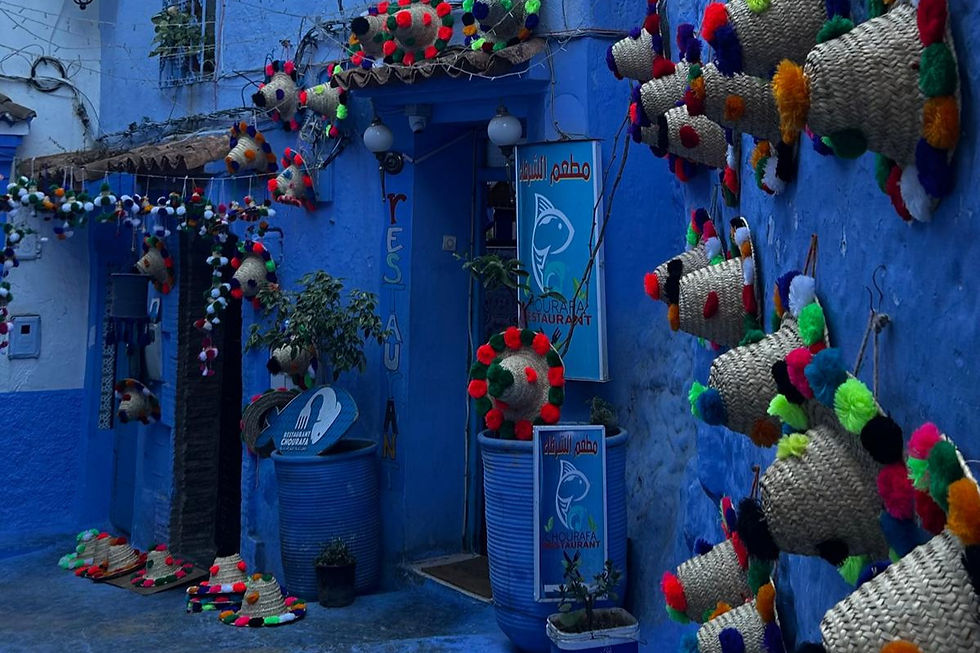Hassan II Mosque – Casablanca’s stunning seaside jewel
- Panna
- 1 day ago
- 2 min read
I arrived in Casablanca by train from Tangier and deliberately looked for accommodation that was close to the magnificent mosque. This worked out so well that I could see the entire building from the balcony of the apartment.


The Hassan II Mosque, located on the coast of Casablanca, Morocco, is one of the most significant symbols not only of the city, but also of the entire country. This impressive structure is not only a religious center, but also a masterpiece of modern Moroccan architecture and craftsmanship, which has deservedly become one of the most popular tourist attractions. The idea of building the mosque is associated with King Hassan II, who in the 1980s decided to create a religious center in Morocco that would be worthy of the history of the kingdom and at the same time become one of the most impressive mosques in the Islamic world. The choice of location is special in itself: the mosque stands on an artificial peninsula that partially extends above the sea, symbolizing one of the verses in the Quran that says that “the throne of God was above the water.”


Construction began in 1986 and lasted over seven years, with the official inauguration taking place in 1993. The project’s enormous size and technical challenges required thousands of craftsmen, stonemasons, mosaicists, woodcarvers and architects to work on it, many of them using traditional Moroccan craft techniques. The mosque’s minaret is the tallest in the world, at 210 metres, and dominates the city’s skyline from afar. The exterior and interior decoration reflect the richness of Moroccan Islamic art: intricate zellige mosaics, carved cedar ceilings, marble columns and gilded details create a harmonious whole. The vast prayer hall can accommodate over 25,000 worshippers, while the outer courtyards can accommodate a further 80,000 people, making the mosque one of the largest Islamic places of worship in the world.



The Hassan II Mosque serves not only religious purposes, but also acts as a cultural and educational center. The complex also houses a library, conference rooms and a museum that showcases Moroccan and Islamic culture. Its uniqueness is that, unlike most mosques in the world, non-Muslim visitors are also allowed to enter, which provides a rare opportunity to get to know the world of Muslim religious architecture and traditions. The glass floor section extending above the sea and the opening roof structure combine traditional forms with modern engineering solutions, thus indicating that the mosque is a meeting point of the past and the present.


The Hassan II Mosque is thus both a tribute to Moroccan artisanal traditions and a celebration of modern engineering achievements. It embodies the country’s religious identity, cultural pride, and the king’s desire to ensure Morocco’s rightful place on the international stage. Anyone visiting Casablanca sees not just an impressive building, but a work of art in which the roar of the sea, the hard work of craftsmen, and the depth of religion all come together.




Comments